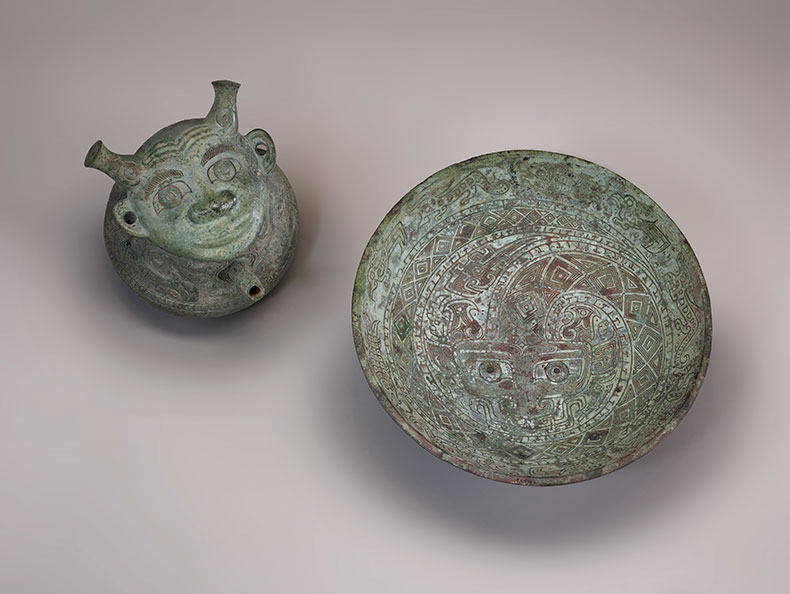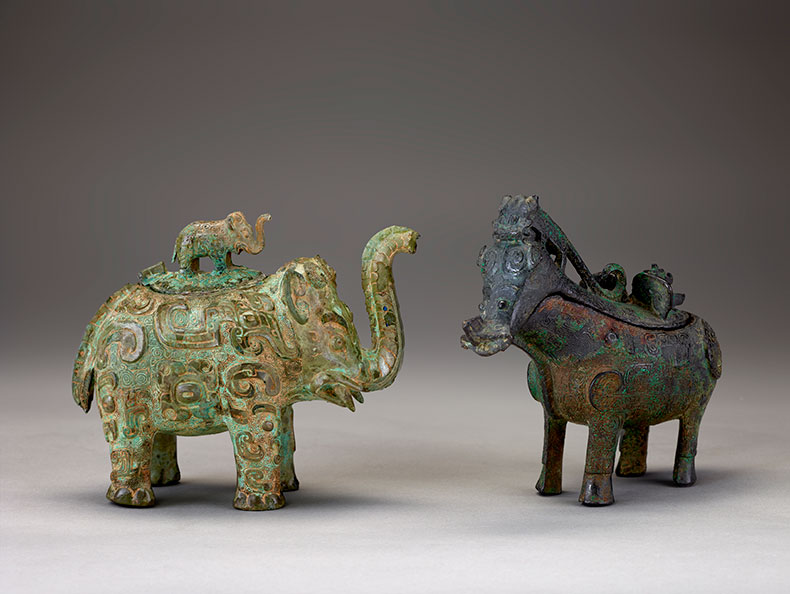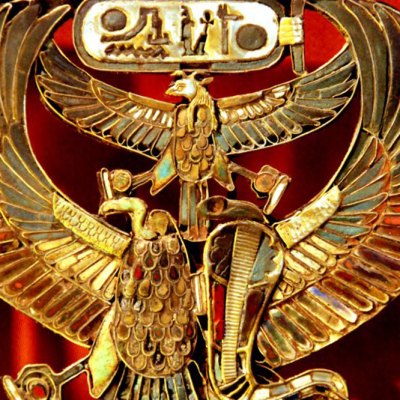From Anyang, capital of the Shang Dynasty from the 14th century BC, emerged the earliest surviving Chinese written records. It was in Anyang, too, that many of the country’s earliest surviving artefacts were discovered during excavations in the 1920s. This exhibition at the National Museum of Asian Art in Washington D.C (25 February–28 April) presents more than 200 objects from the museum’s permanent collections, including jade ornaments, ceremonial weapons, ritual bronze vessels, bells, and chariot fittings. The institution has a special connection to the city as Li Chi, a former staff member at the Freer Gallery of Art, led the excavations at the site in 1929 with the support of the museum – and the exhibition also delves into the importance of the site to the development of modern Chinese archaeology. Highlights on display here include a pair of ornate ritual wine pouring vessels (gong) decorated with dragon and animal heads (c. 1100 BCE) and a bronze dagger-axe embellished with jade. Find out more on the Smithsonian’s website.
Preview below | View Apollo’s Art Diary
Spouted vessel with dragons, early or middle Anyang period (c. 1200–1150 BCE). National Museum of Asian Art, Smithsonian Institute, Washington, D.C.

Dagger-axe, bronze with turquoise inlay and jade (nephrite) blade, early Anyang period (c. 1200 BCE). Freer Gallery of Art, Smithsonian Institue, Washington D.C.

Spouted vessel in form of elephants with masks, dragons and snakes, late Anyang period (c. 1100 BCE). National Museum of Asian Art, Smithsonian Institute, Washington, D.C.




